Primary Sources
Primary Sources
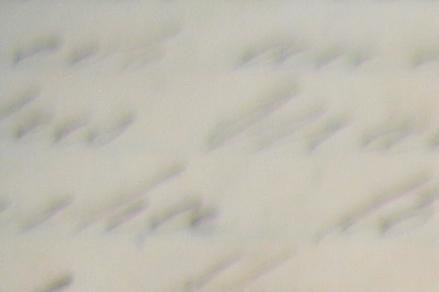
Teachers, need a primary source to create a lesson in the classroom? Students, need a source for a research project?
Here, we've listed the primary sources featured in our Unit Plans. Click on a primary source to go to its page, where you may find additional images, transcriptions of the text, a citation guide for including the source in a bibliography, or ways to purchase copies of the source for the classroom.
HSP's collections are not limited to the primary sources listed here. To see all that HSP has to offer, come visit us or explore our collection online through the Digitial Library and the Discover online catalog.
Some sources have handwriting that is difficult to read. If you need help decoding handwriting, check out this guide from Ancestry.
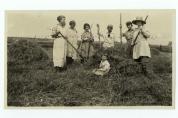 Photographs of the Woman's Land Army from the Philadelphia War Photograph Committee collection documenting World War I participation on the Philadelphia home front.
|
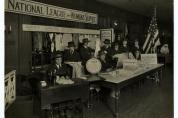 Photograph of a National League for Woman's Service Exhibition on the seventh floor of the Gimbel Brothers store. |
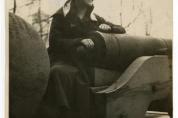 Photograph of the first yeowoman sworn in from the Philadelphia War Photograph Committee collection documenting World War I participation on the Philadelphia home front. |
 Photographs of female railroad workers from the Philadelphia War Photograph Committee collection documenting World War I participation on the Philadelphia home front. |
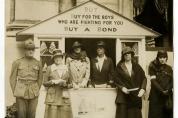 Photographs of the Woman's Liberty Loan drive and parade from the Philadelphia War Photograph Committee collection documenting World War I participation on the Philadelphia home front. |
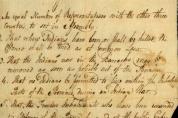 Settlers blamed the Provincial Pennsylvania government for not providing militia support to stop Indian attacks. This list of their complaints was an attempt to highlight their plight and to request redress of these grievances from the Provincial government was written between 1760 and 1770. |
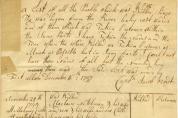 This account of 1755-1757, chronicled by a soldier, not only listed the names of settlers killed in a particular region of the country, but also the number of persons that were made captive by the Indians. |
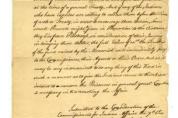 As the French and Indian Wars wound down, Trustees for the Mennonites wrote this letter to the Commissioners for Indian Affairs about negotiating to secure the release of the white settlers that are still being held prisoners by the Indians. The letter is dated June 6, 1760. |
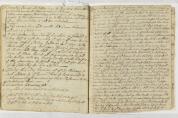 James Kenny meticulously kept a ledger book of the trades between the Indians and the back settlers at Fort Augusta. His ledger book contains a record of this mutually beneficial trade between the two groups from May 6th until August 10th of 1763 in the vicinity of present day Sunbury, Pennsylvania. |
 James Kenny, originally from Chester County, journeyed to Fort Pitt (present-day Pittsburgh) in 1761 to take charge of a trading store established by the Commissioners of Indian Affairs. His two-year diary describes in great detail the activities of local Native Americans with whom he traded. |
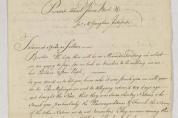 This document records the opening statement of diplomatic negotiations held at Fort August, near preset-day Sunbury, PA, on July 19, 1763. |
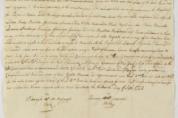 This is a land deed from the Susquehannah Indians to William Penn dated September 13th, 1700. The deed concerns rights to the "River Susquehannah and all the Islands therein and all the Lands Situate lying and being upon both sides of the said River," as well as nearby woods, underwoods, miners, quarries, and other resources. |
- ‹ previous
- 14 of 22
- next ›
